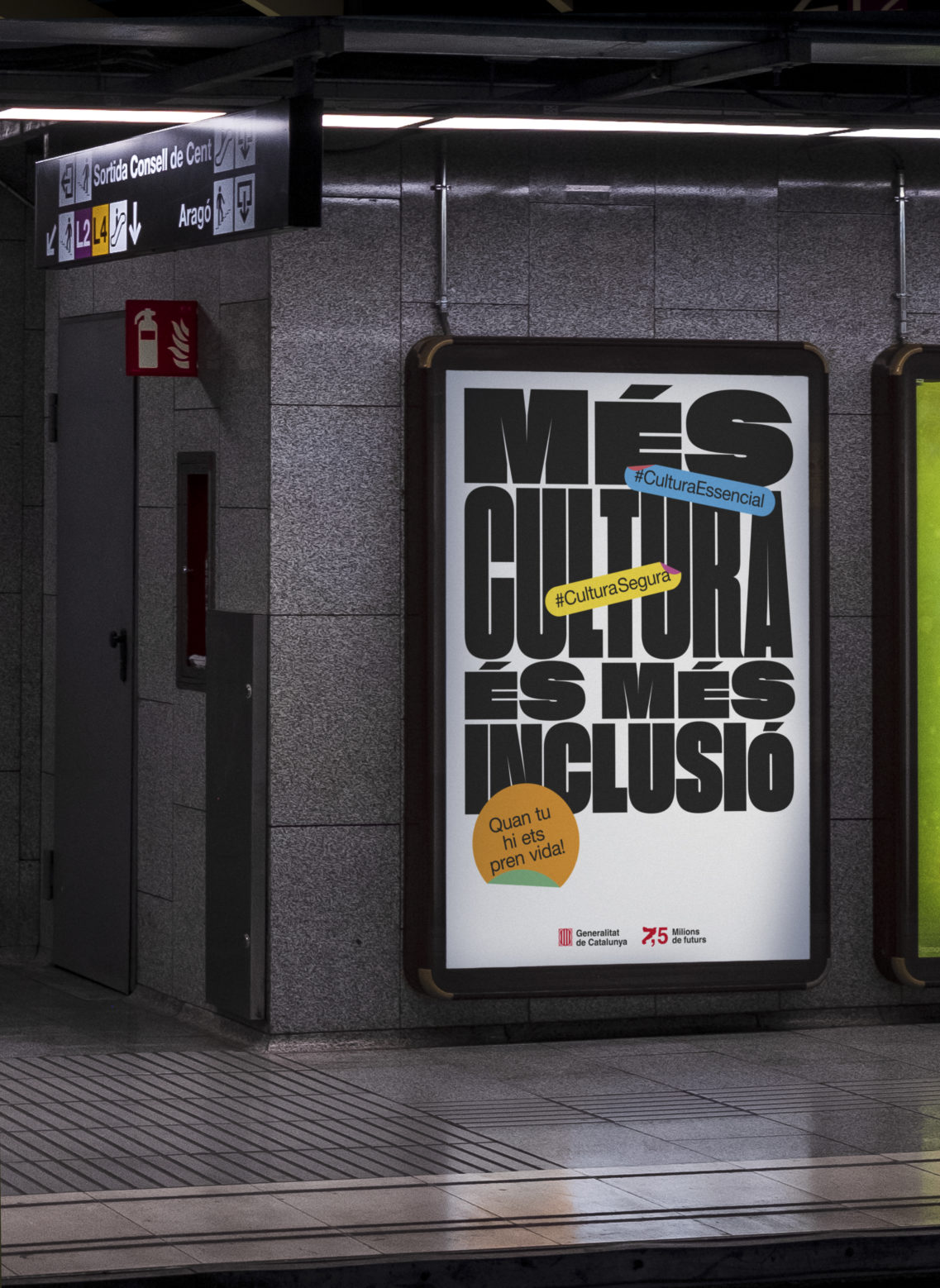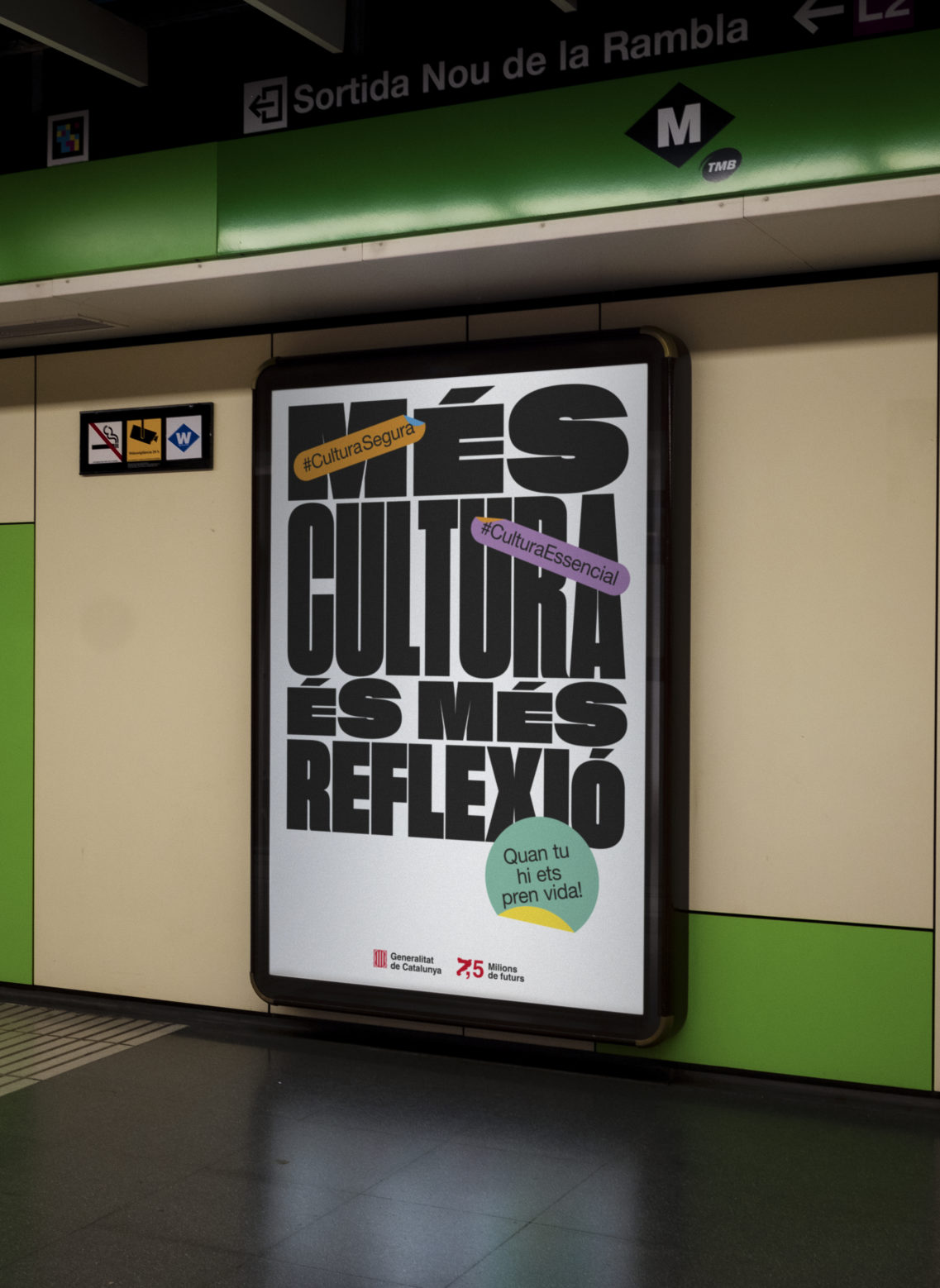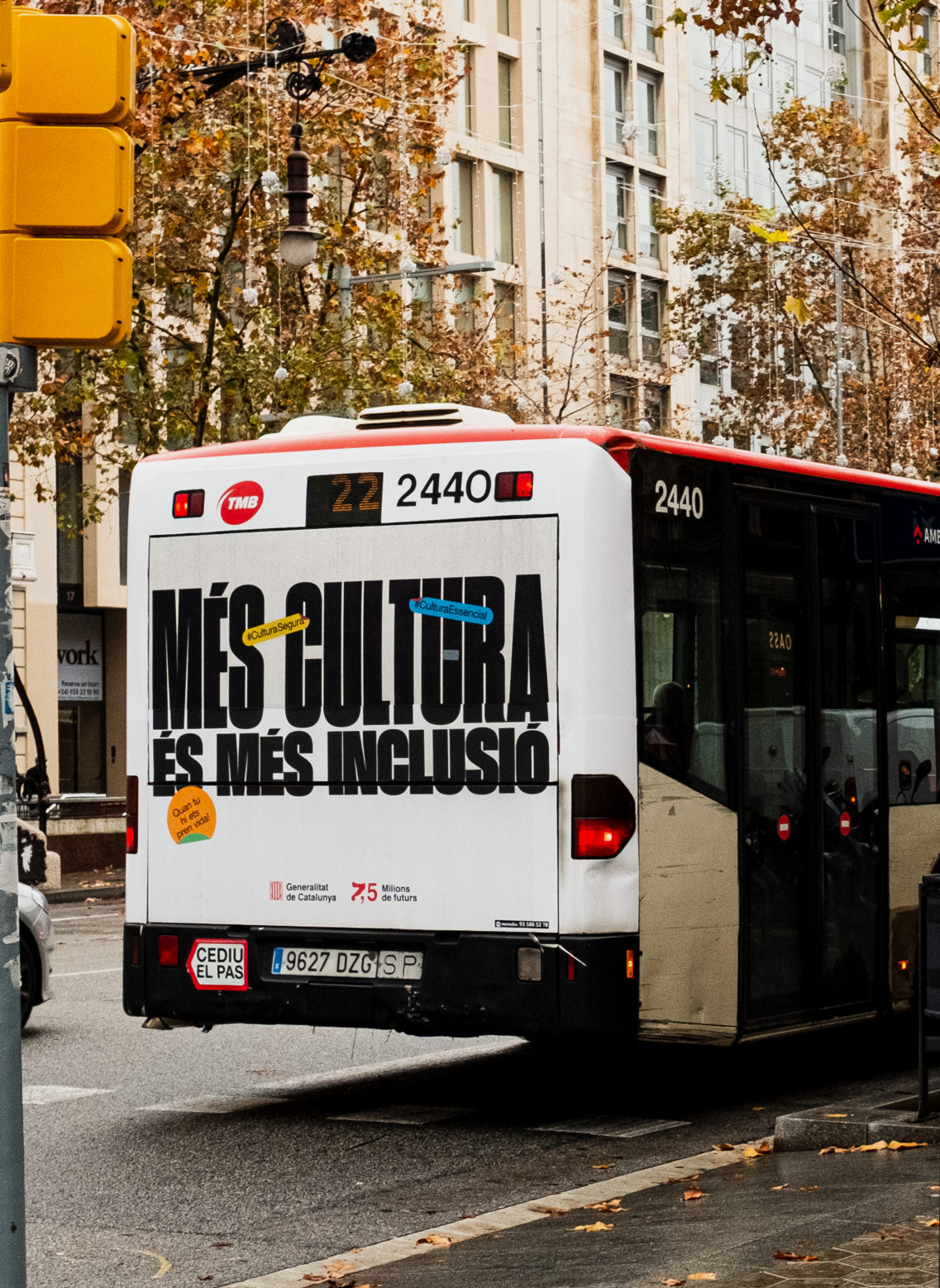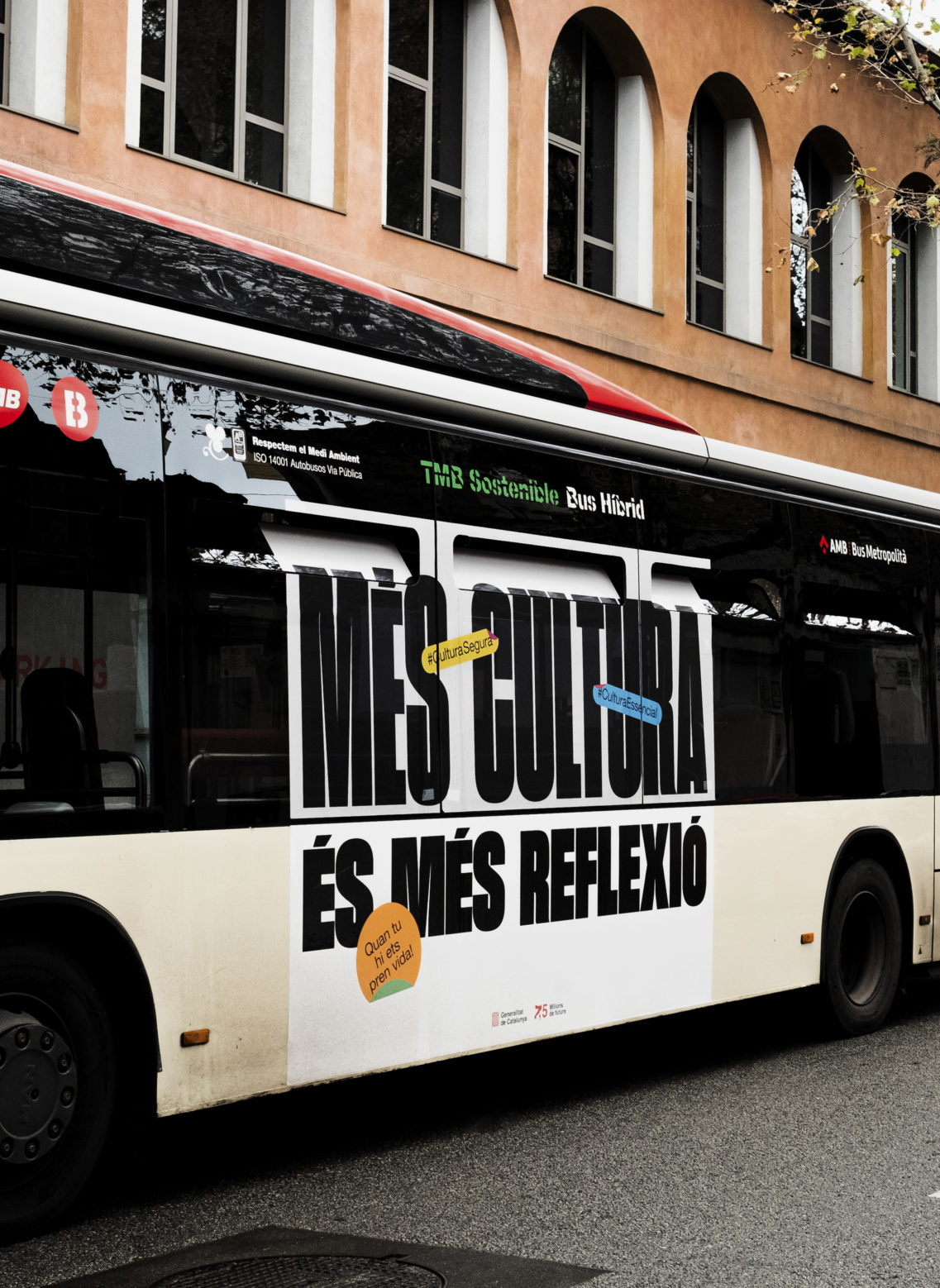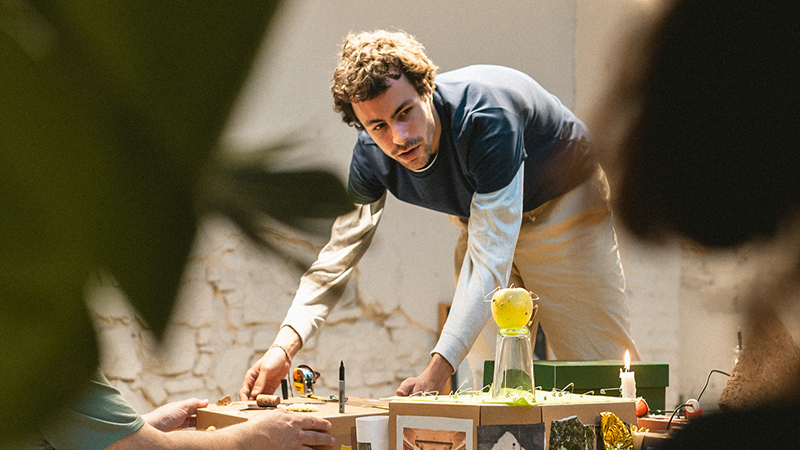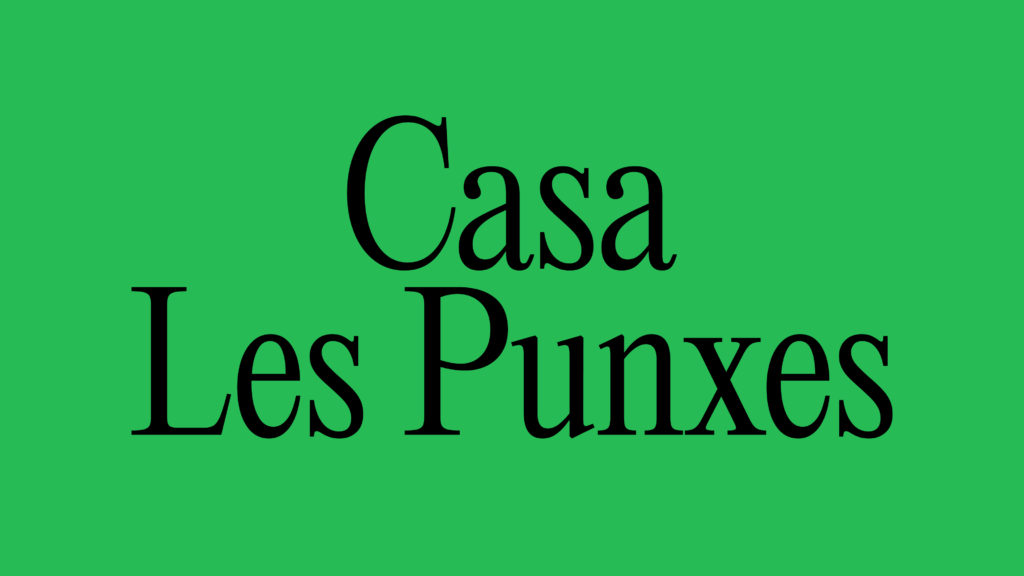Year: 2020, Ongoing
Tags: Campaign, Creative Direction and Filmmaking, Graphic Design, Production, Transmedia
Arts and culture are suffering one of their deepest crises ever. The COVID-19 pandemic has caused an abrupt and very long –too long– stop in cultural activity, which is one of society’s pillars, both in terms of social cohesion as well as personal fulfilment. Going to an exhibition, to the cinema or the theatre can stir up our emotions, while providing us a feeling of plenitude as well as tools for critical thinking.
The campaign “Més Cultura” (“More Culture”) for the Generalitat de Catalunya draws from a simple, even childish, idea: when you like something, you want more of it. More theatre, more museums, more cinema, more literature, more dance, more folklore… more culture. The spot is a journey through a variety of cultural expressions, aiming to a holistic conception of the arts: they are all connected, they all make us feel something, therefore they are all relevant and should all be claimed as an essential part of social life.
“The continuity of the sequence shot and the travel through spaces and people create a magic trick effect, where things are transforming in front of you but you can’t figure out how”.
Pol González Novell, Creative Director at White Horse
“One thing that continues to fascinate me is how absolutely everything in film is calculated, and still the audience is not aware of it, because they organically enter a universe that you have carefully built for them”.
Pol González Novell, Creative Director at White Horse
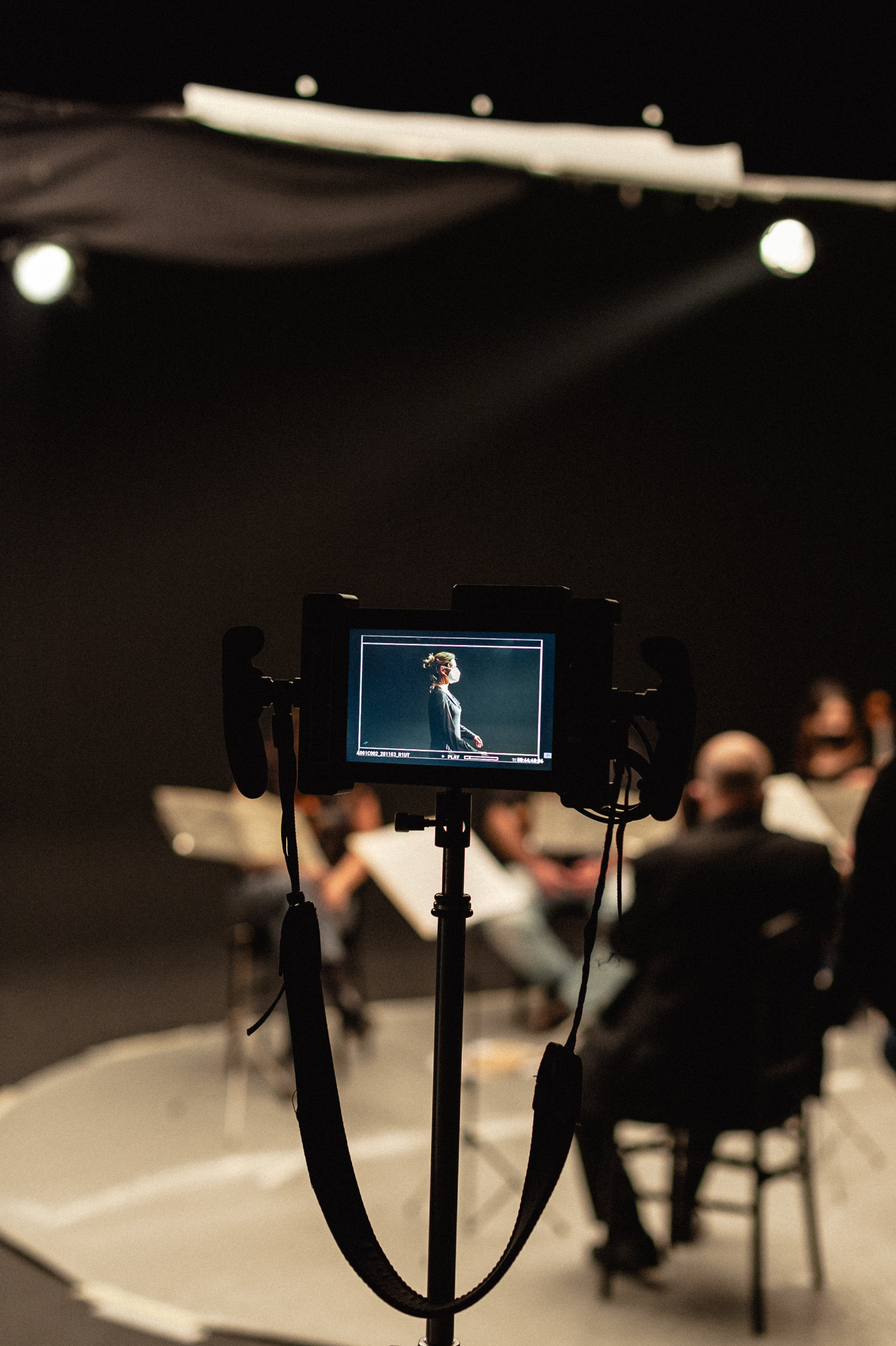
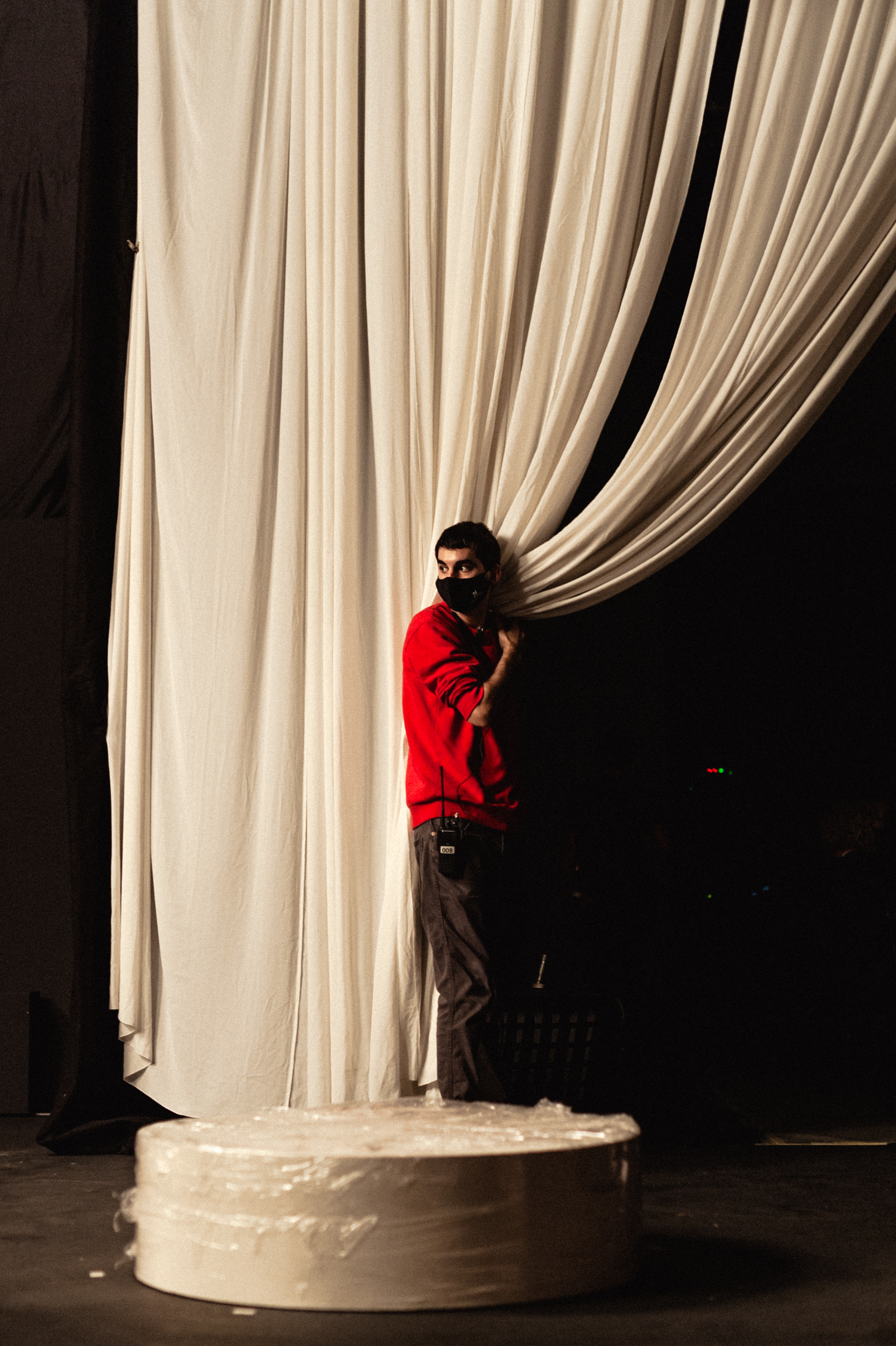
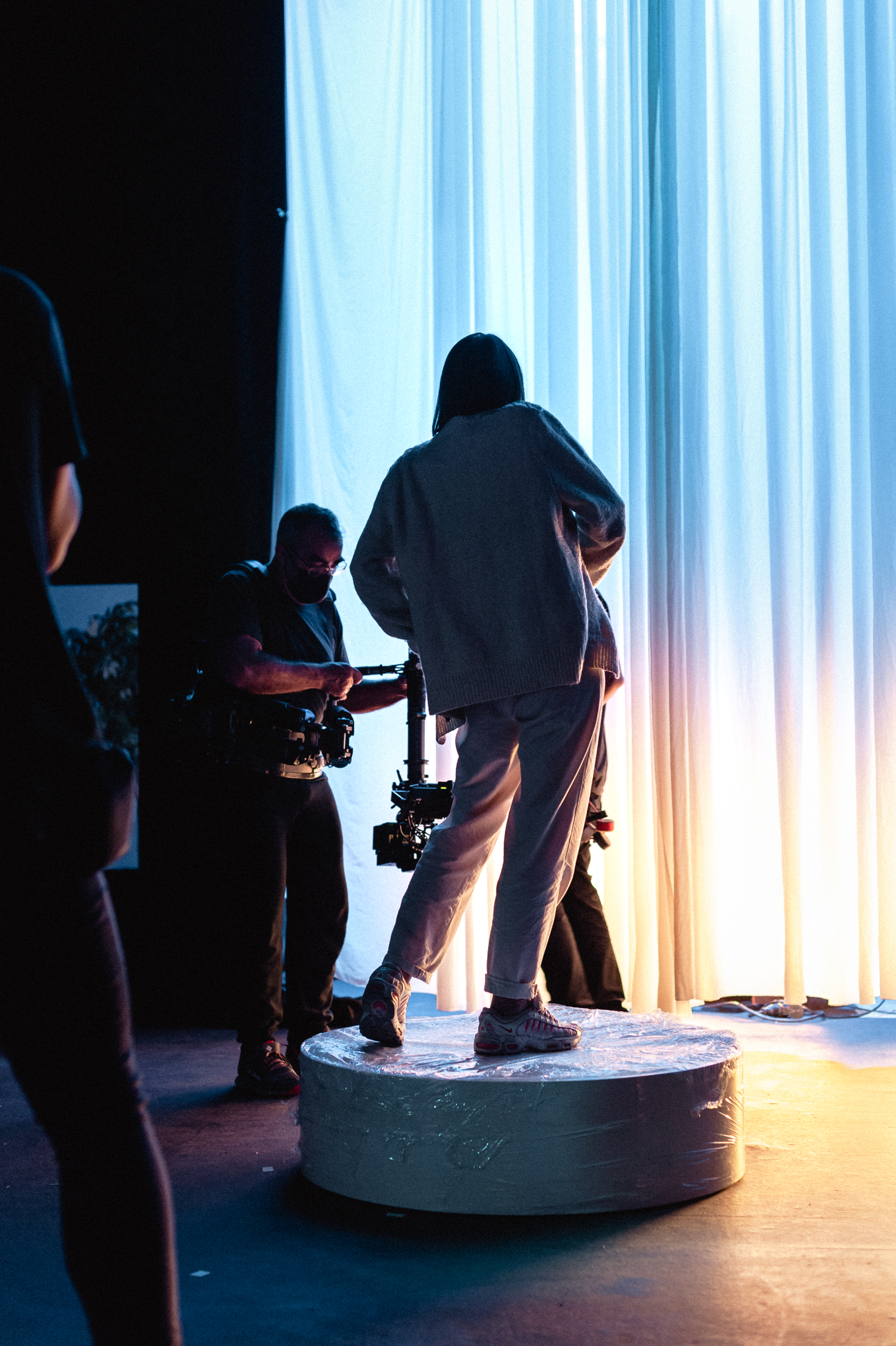
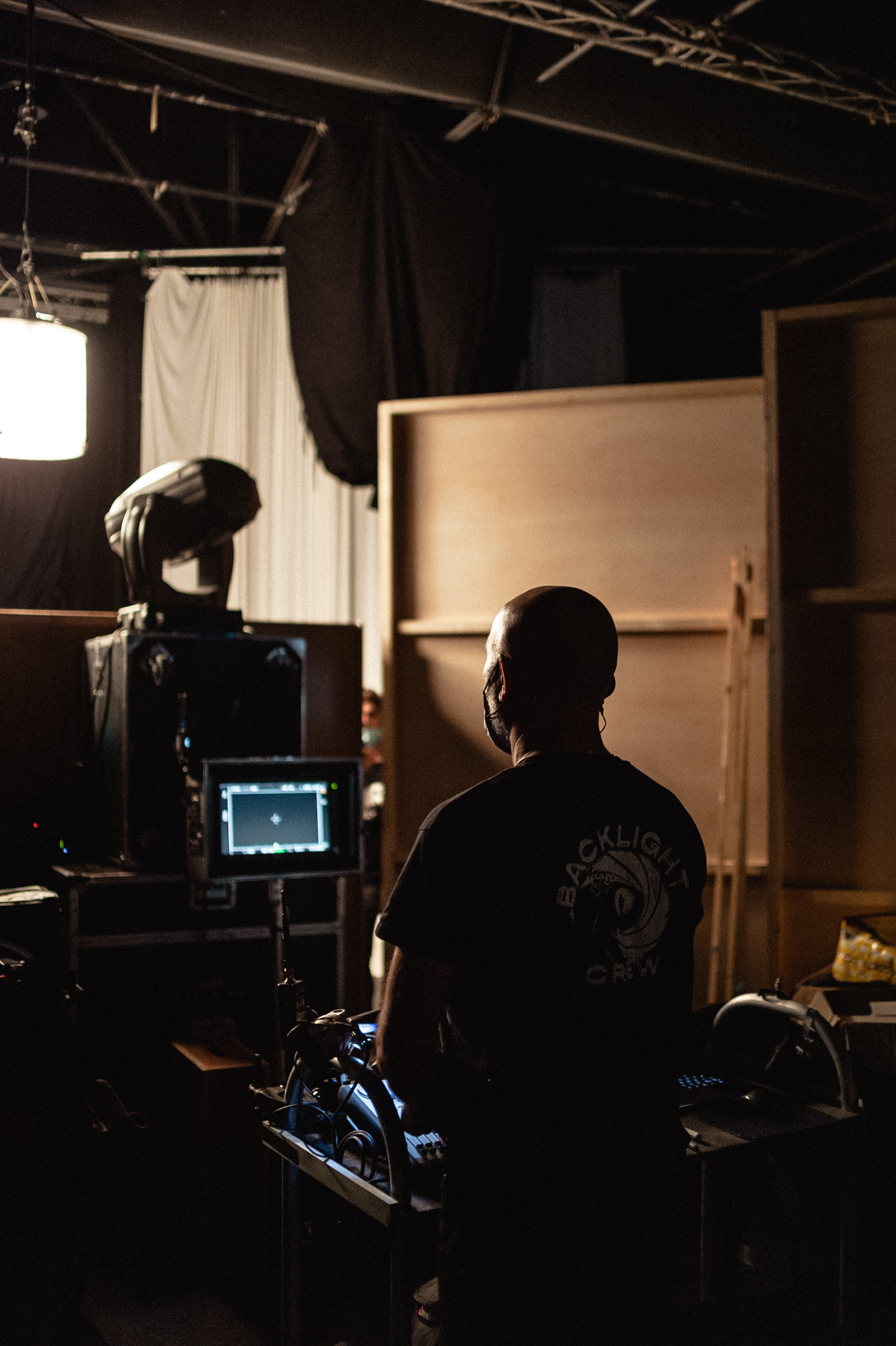
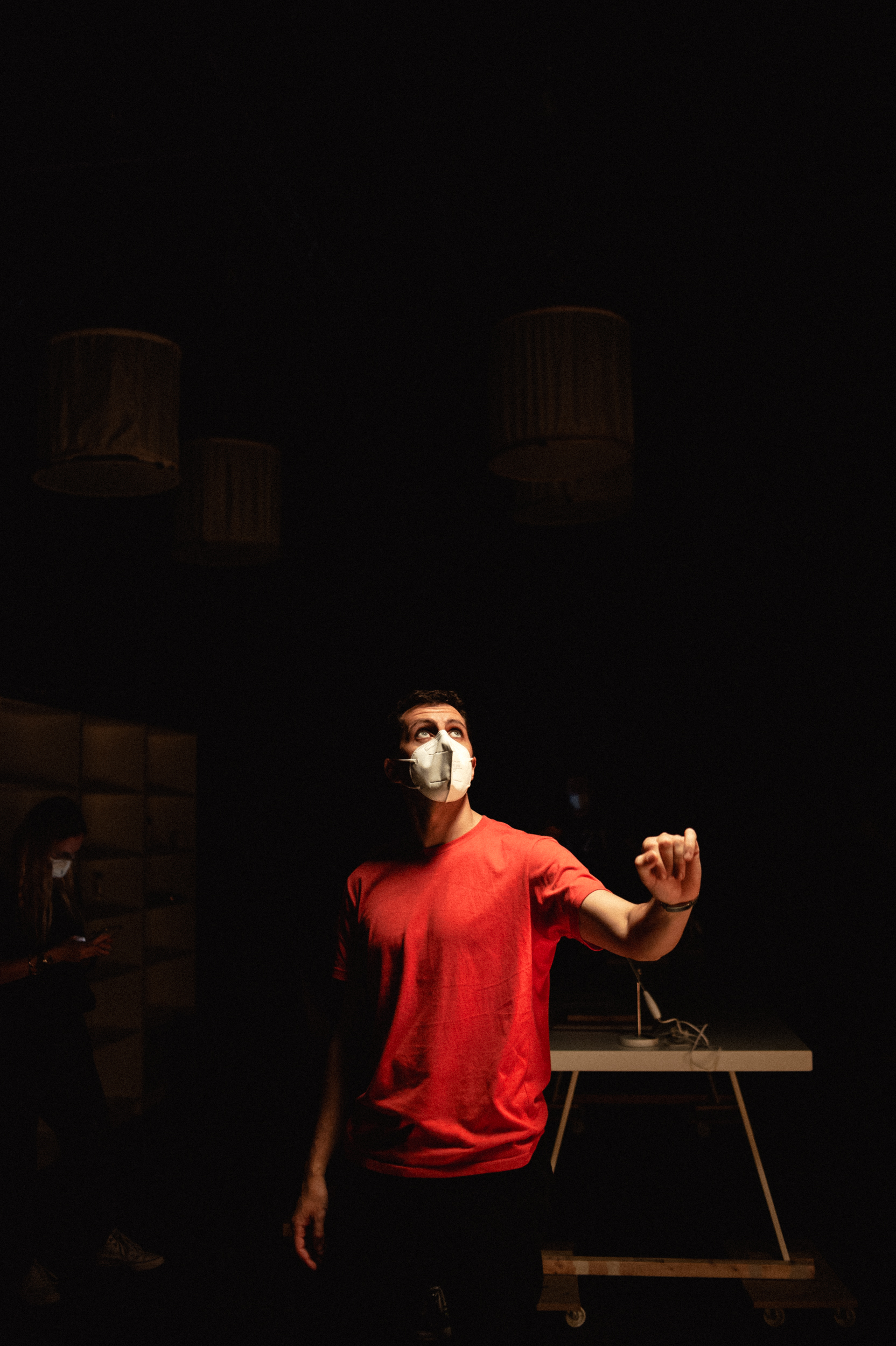
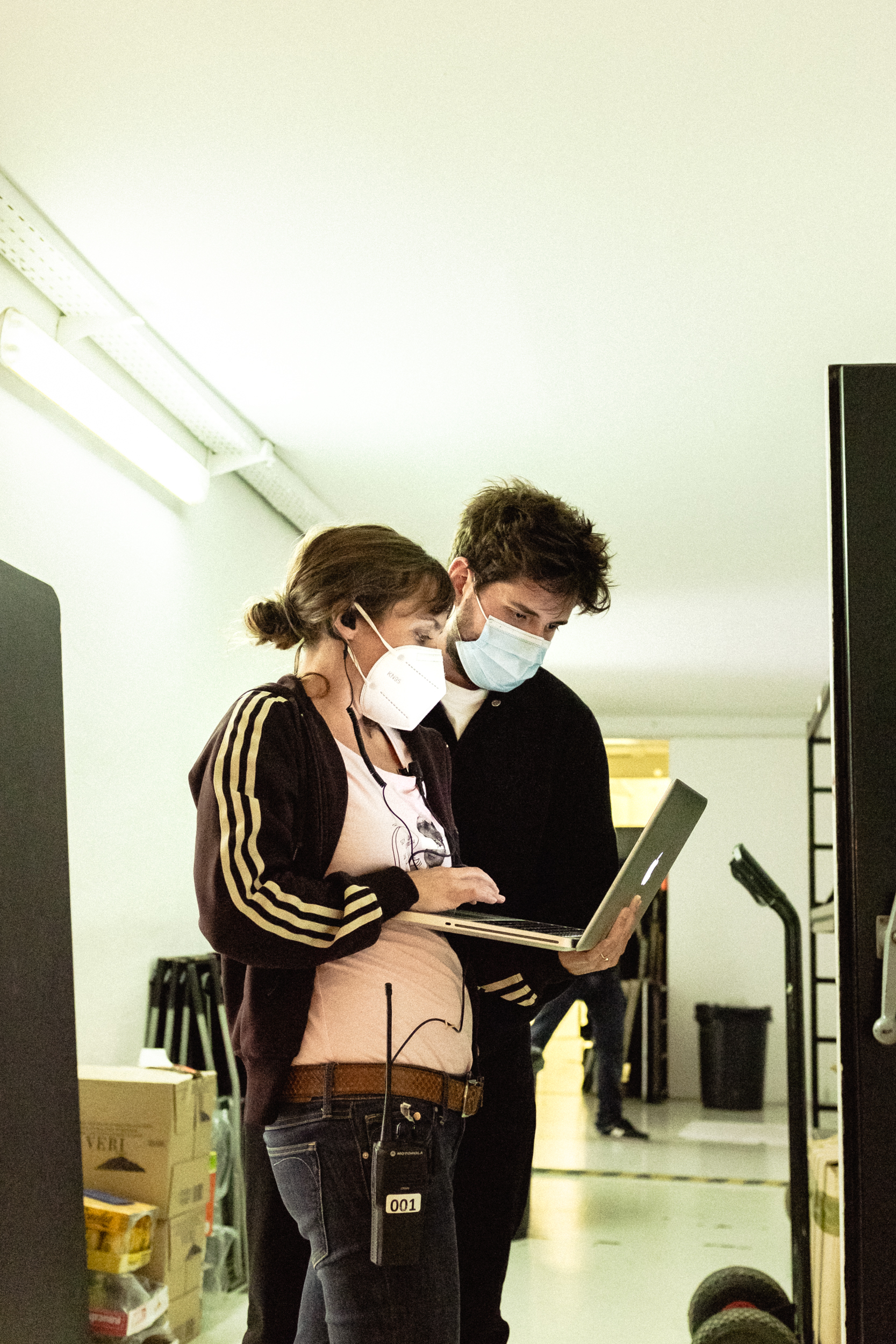
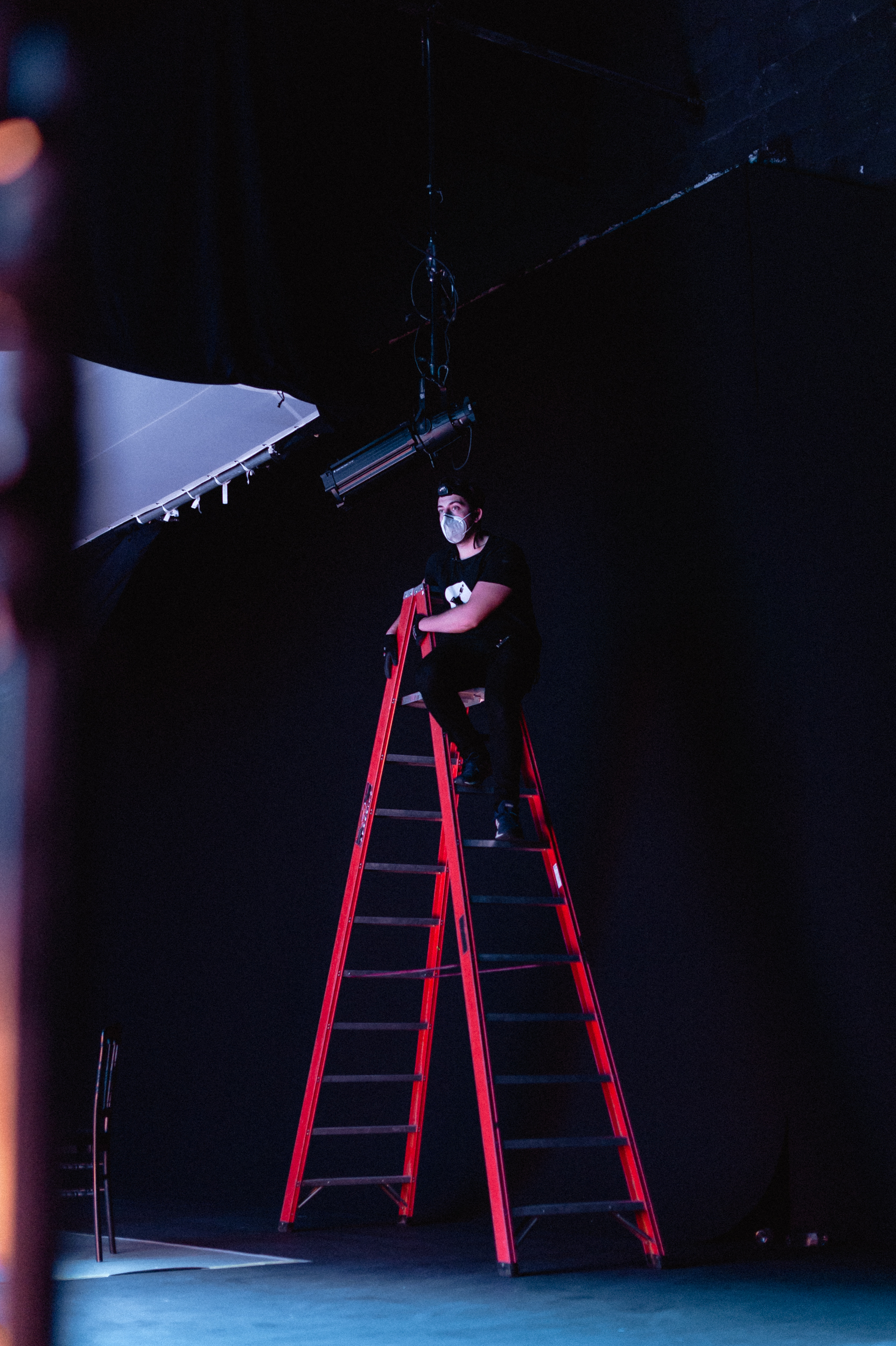
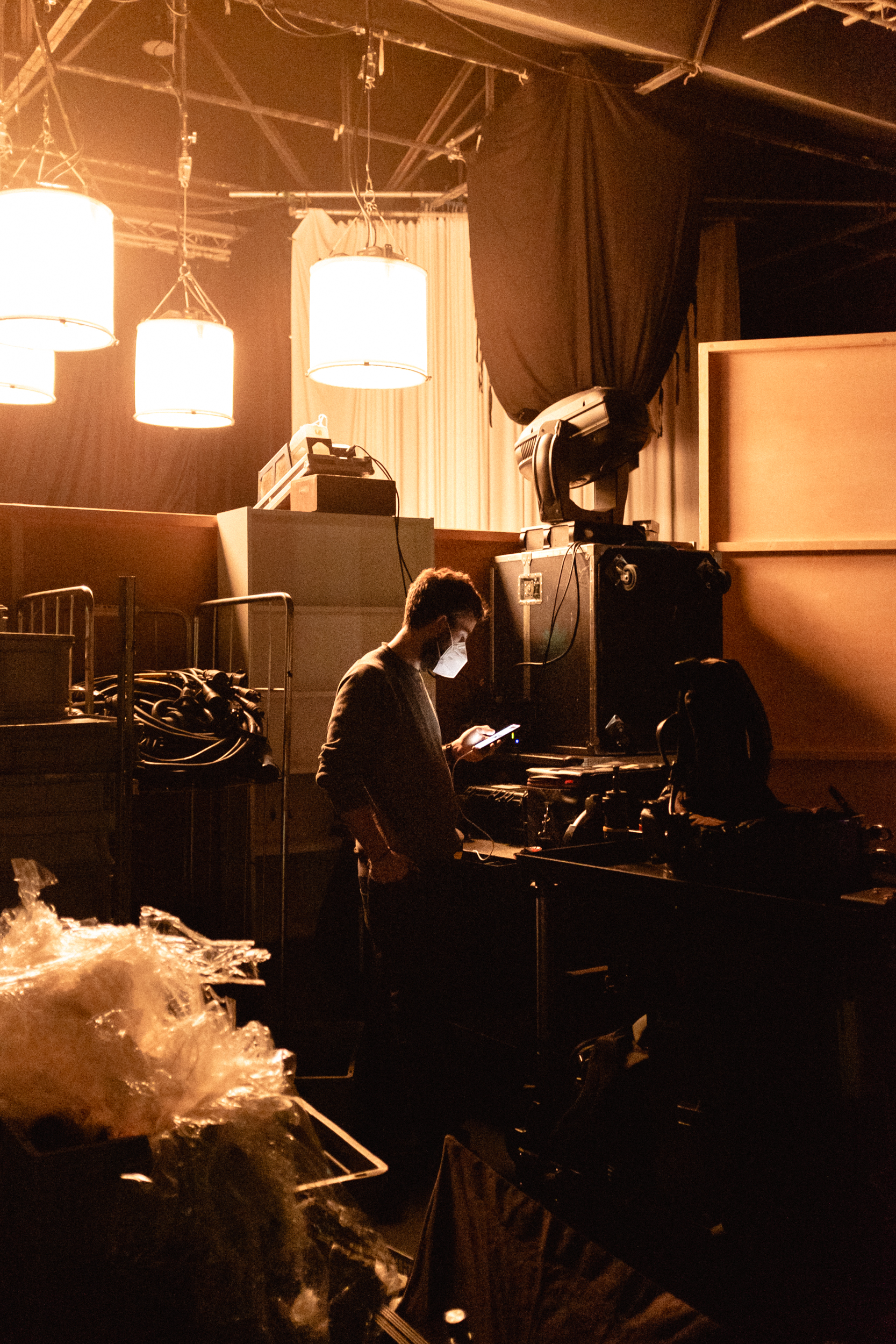
“I can’t imagine a more difficult situation in which to develop this campaign. We decided to take the mood and graphic language of protest, while verbalizing our insight in a basic way: when you like something, you ask for more. ‘Més Cultura’ simply means ‘More Culture’.”
Rafa Martínez, COO Partner & Head of Brand Strategy at Folch
Which has been the biggest technical challenge when executing this piece?
Making everything fit perfectly in the same moment that it was happening. Every element –actors, movements, camera displacements– had to become part of a clock that worked perfectly. So the real challenge was the coordination between each member of the team: every single movement, every single way the light entered and produced an effect, was previously and very precisely calculated. It all had to work as planned but still had to flow in the moment.
So post-production has not been the biggest part of the project?
In this case, the bulk of production was previous, because the mounting itself was almost an exercise of audiovisual craftsmanship. Also, since it was a sequence shot, we used a steady cam, operated by one of the most experienced cameramen in Barcelona.
How was the space designed?
It was a very big set, like 600 m2, painted all black, and composed of five smaller sets. We knew we needed a pretty big space because a lot of things happen in only 30 seconds, and many moments are created through moving lights and atrezzo, so a lot of people were shifting it around while filming. First we tried recording with a phone, and with stands instead of the actors, to see how long it would take and which elements should be moved at what time.
What about the team?
We spent a day assembling and lighting, an entire day rehearsing, and then another day filming. It was a lot of time and energy for such a short piece. Everyone –actors, technicians, the entire production team– was very conscious of the challenge. The most beautiful part of the whole thing was the human collective effort, the coordination between each one of us, and how it actually linked with what we were talking about: the connection between people through arts and culture.
